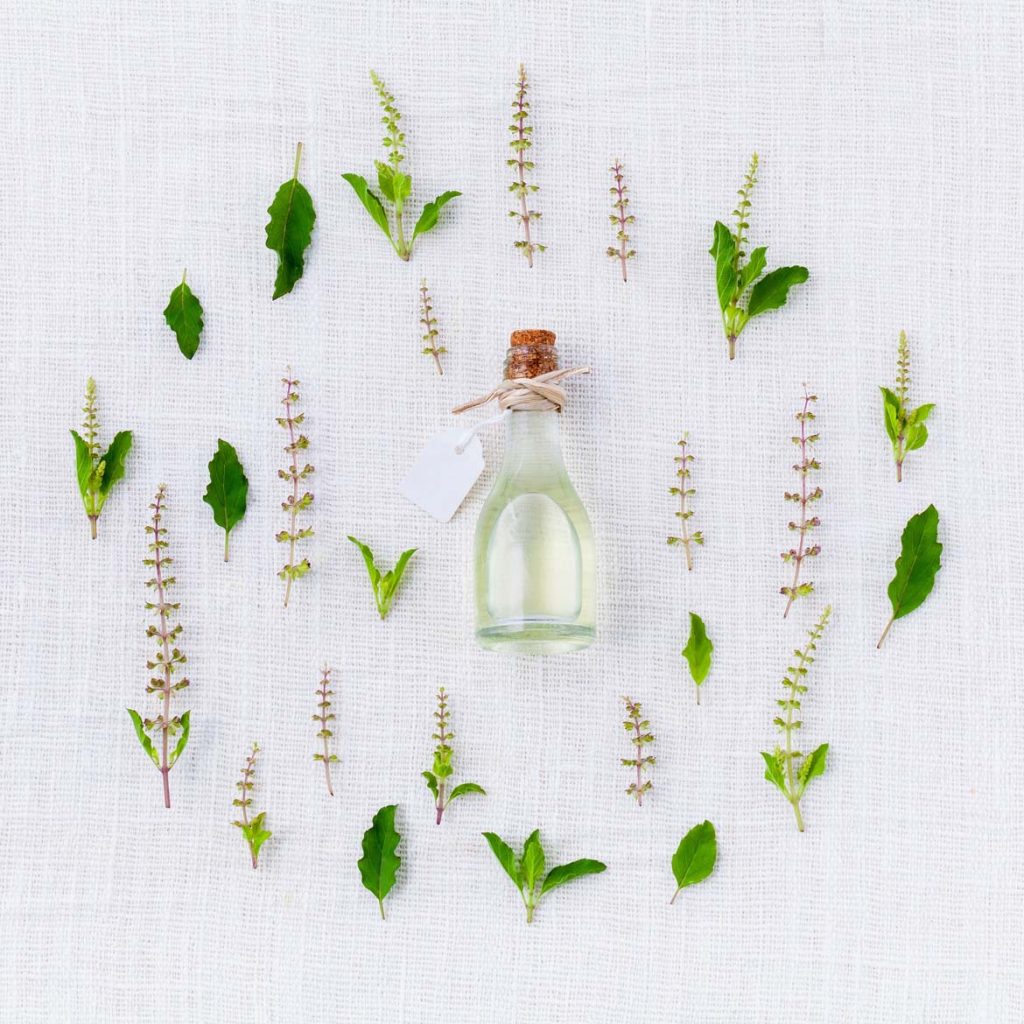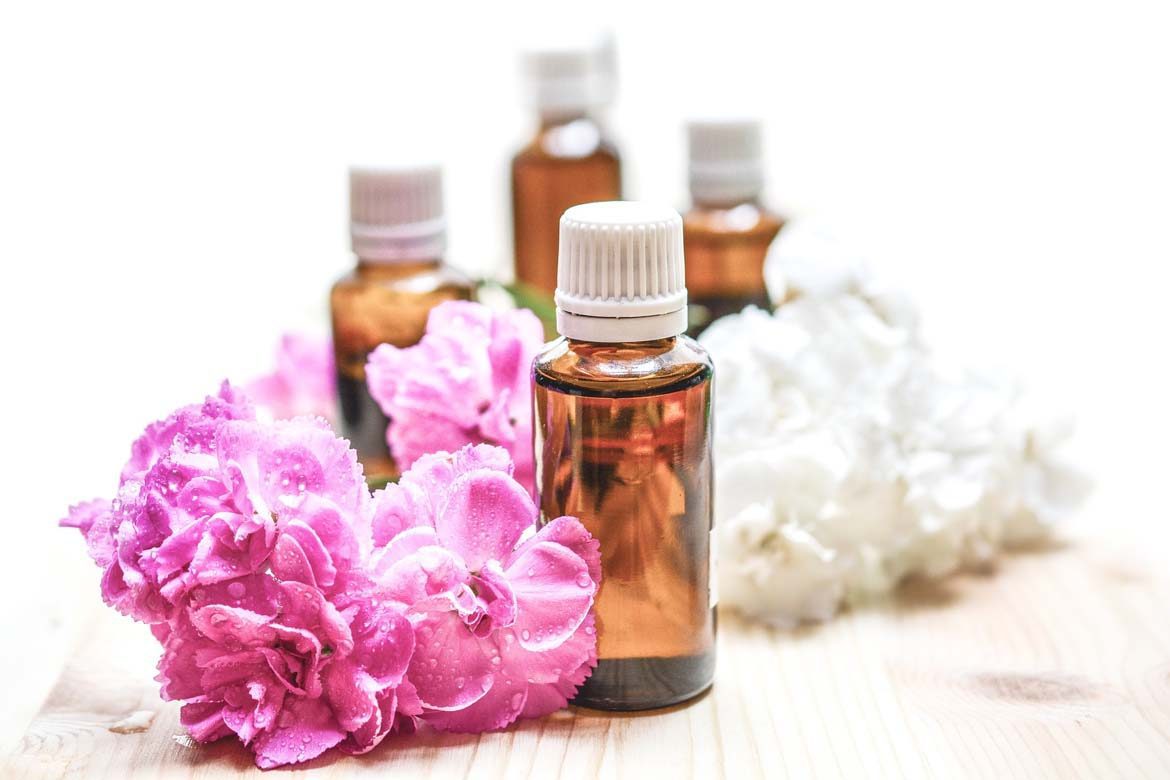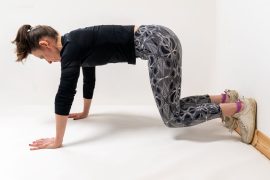By Hannah Schenker
Essential oils have been used for thousands of years because of their potency and ability to heal, assist, balance and nurture. In this day and age when chemicals are impossible to avoid, pure, unadulterated, straightforward plant medicine in the form of essential oils is a fantastic way to bring health and vitality back into your home and body. You may be new to essential oils, or maybe you already use them on yourself, but wonder if you can use them with your children and if so, how.
Think of the most beautiful scented flower you have ever had the pleasure of smelling: you have experienced the aromatic quality of nature right there, in that flower. Essential oils give plants their distinctive smells, called volatile aromatic compounds. These volatile aromatic compounds are not always sweet like a flower, but also pungent and strong, and can be found from the seeds, through the roots, the bark, the stem, the leaves and other parts of the plant too. Essential oils are extracted through processes like steam distillation, resin tapping and cold pressing – leaving you with the pure essence of the plant, far more powerful than the original botanical origin.
Essential oils enter the body in several ways:
- Through the skin – compresses, sprays, bath or massage
- Inhaled – using a diffuser, dry evaporation, steam or spray
- Ingested – orally or by suppository (recommend only for adults when working under qualified supervision, not children and babies)
Before you begin, it pays to have an idea of what you intend to use the oil/s for as they each have specific properties, so spend some time getting yourself prepared. Essential oils are extremely powerful and active concentrates, meaning they require dilution. Never use undiluted oils on your skin, and especially not on your children. You will require a carrier oil to mix the essential oil with – this can be any oil that is suitable for your skin and that absorbs well. Common carrier oils are almond, jojoba, apricot, grape seed oil, avocado oil, olive oil, evening primrose and rapeseed.
General safe dilution amounts:
Children under 6 months: Best to avoid essential oils altogether, as their skin does not properly mature until around 3 months of age and is extremely permeable and sensitive. Even so, you should still consult a professional or do thorough research when considering which oils to introduce after this, and the best way to go about it.
0.25% – Children age 6 months to 6 years
1 drop per 4 teaspoons of carrier oil
Children under 2 are not generally recommended to be exposed to essential oils, so if you intend to, do your research and consult a professional as some will be best avoided altogether. Most oils for children between 2-6 years will be for diffusion use only. Again, consult a professional or do thorough research before introducing your chosen oils, and start slowly. Introduce one oil at a time to determine if any allergies are present – any reactions will likely appear within 15-30 minutes after inhalation. That is: no more than one essential oil in a given day.
1% – Children over age 6, pregnant women, elderly, sensitive or infirm
1 drop per teaspoon of carrier oil
For use topically, for massage, in lotions and balms.
2% – Average Joe
2 drops per teaspoon of carrier oil
Ideal for most normal, healthy adults.
3% – Treating conditions
3 drops per teaspoon of carrier oil
A slightly stronger dilution for treating temporary conditions and things like muscle aches and pain, injury or respiratory problems.
25% – Woah Nelly
25 drops per teaspoon of carrier oil
There are some essential oils that can be used at this strength or even “neat” – straight. This is recommended for healthy adults, although some caution is advised for reaction or sensitivity to this strength.

What oil you choose to work with may take a little research to discover. Each oil has its own unique properties and benefits, and depending on the age of the child may need to be used topically or in a diffuser. You can read more in depth about what oils may be suitable for children, and how to use them, here. Once you know a little more about the various oils, you can begin concocting specialist blends to target specific health issues or heal imbalances.
Oils generally considered safe for children include the following:
- Cypress
- Frankincense
- Geranium
- Ginger
- Lavender
- Lemon*
- Marjoram
- Orange*
- Rosemary**
- Sandalwood
- Thyme
- Ylang ylang.
*These oils are photosensitive – always dilute. To prevent a rash or pigmentation of the skin, do not use citrus oils when exposed to direct sunlight.
**These oils should never be used undiluted on babies and children.
Some popular ways of using essential oils at home:
- Sleepy time:
Lavender oil is the go-to. Diffuse in the room, massage into the skin or even put a drop at the edge of the pillow (Roman Chamomile on the pillow is good too). You could even add a few drops of lavender to some playdough for some before-bed quiet play time. - Digestive aid:
For sluggish digestion, dilute lemon or orange and massage feet and stomach. - Soothing tears:
Ylang ylang, lavender, Roman chamomile, geranium, cypress, frankincense. Your ultimate soothing mix. Dilute and massage, or diffuse into the room. - Time to focus:
Diffuse peppermint oil when you or your child needs to focus on a project, to promote concentration. Be careful with peppermint though – read more here. Not recommended topically for children under 12, and be careful how much is diffused, as it can affect the respiratory tract. - Soothe an itchy pregnant belly:
Add some frankincense to your carrier oil for massaging on your belly. Frankincense is wonderful for supporting skin health and strengthens the immune system. - For energy:
Citrus oils are fantastic to boost energy – Wild Orange, Lemon and Grapefruit in the diffuser to help you get going in the mornings.
Making tailor-made blends is pretty exciting, and there are plenty of ideas available online. Just make sure to keep your dilutions in check before you start slathering it all over your body or pouring it into a bath! Better yet, you can always find a reputable company and purchase ready-made blends, safe in the knowledge that someone who knows what they are doing has concocted this powerful product for you.
If you have some faithful essential oil remedies that are tried and true, let us know in the comments below.

Source: Fix.com Blog
For more information on essential oil safety, visit:
https://theherbalacademy.com/using-essential-oils-for-children/
http://raisingnaturalkids.com/the-ins-and-outs-of-essential-oils-by-someone-who-knows/
http://www.thehippyhomemaker.com/essential-oil-safety-babies-children/
Hannah Schenker is a freelance writer, editor and regular contributor to The Natural Parent Magazine. She lives with a touch of magic in Golden Bay, New Zealand.











